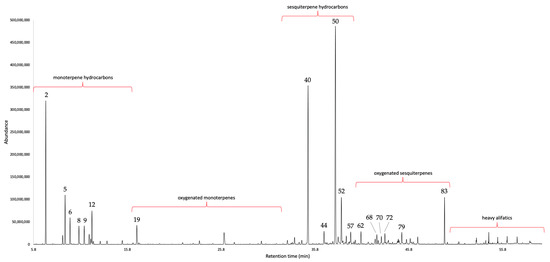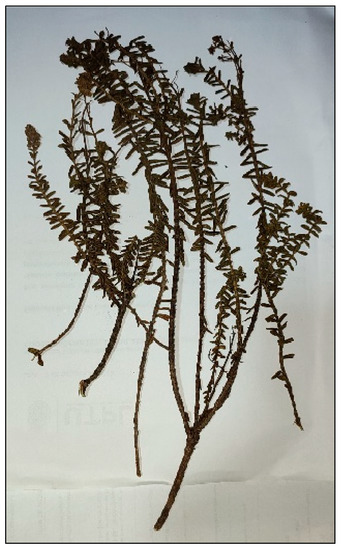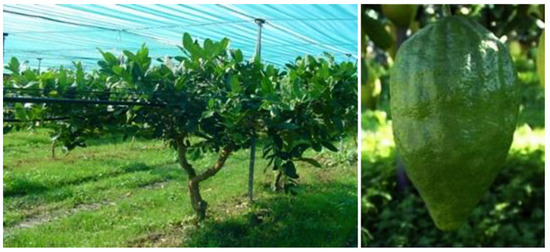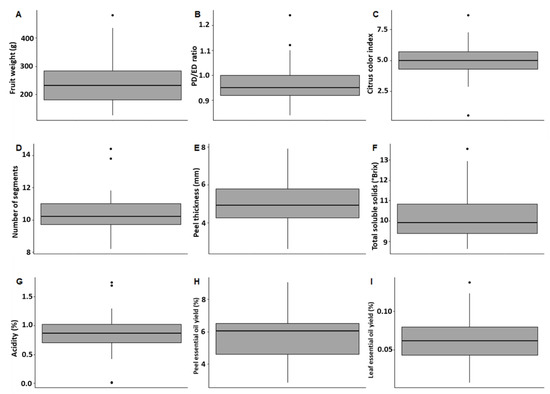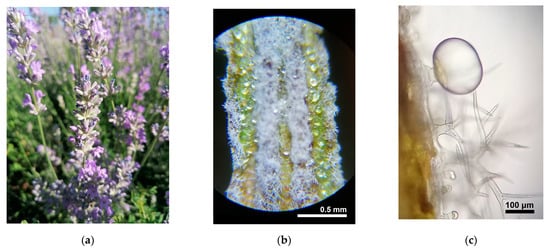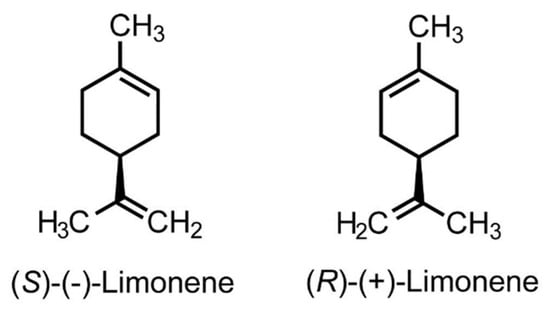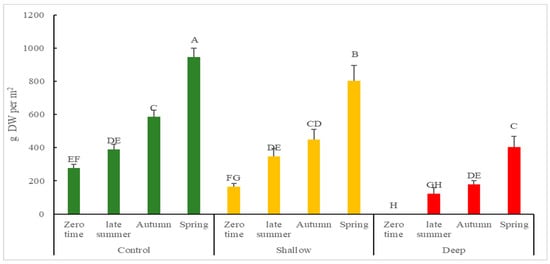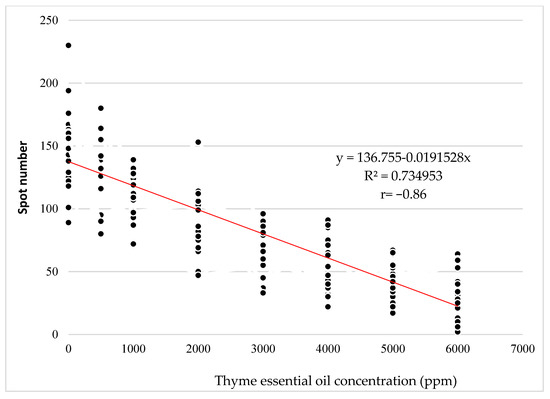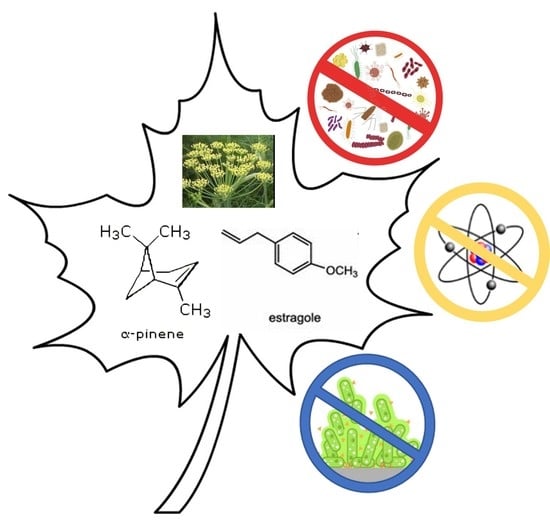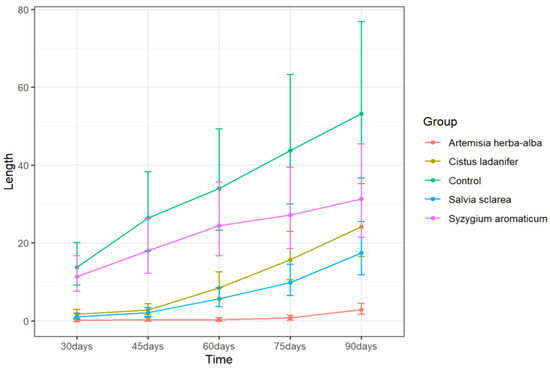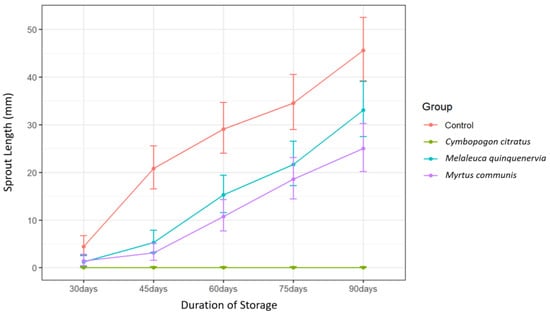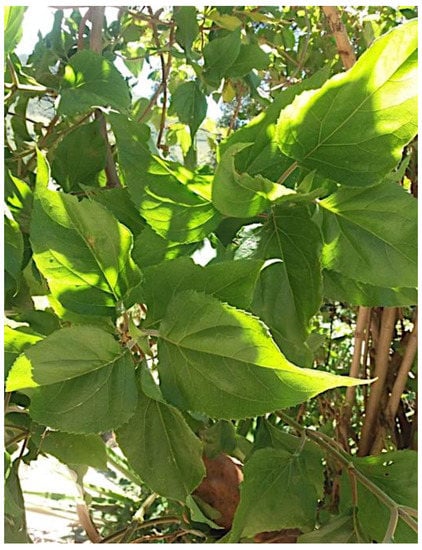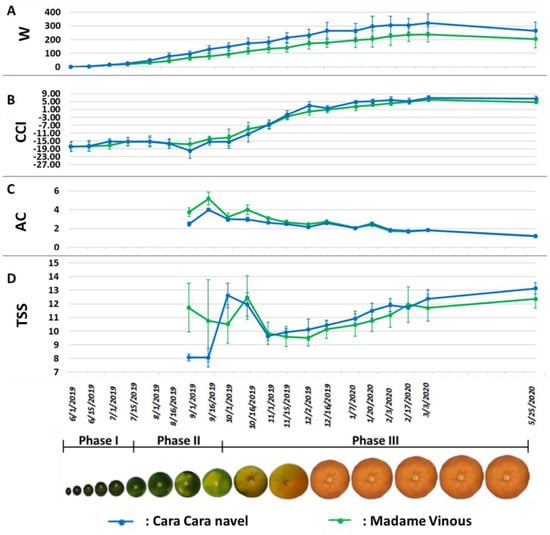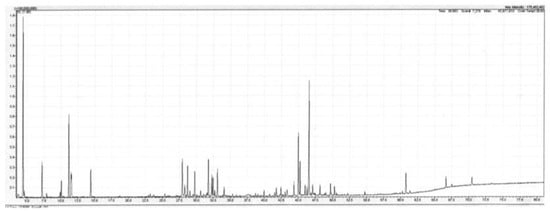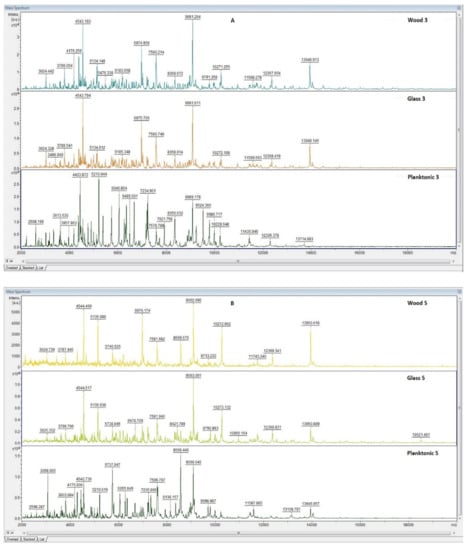Essential Oils of Plants (Chemical Composition, Variation and Properties)
A topical collection in Plants (ISSN 2223-7747). This collection belongs to the section "Phytochemistry".
Viewed by 74629Editors
Interests: essential oils; chemical composition; seasonal variation; chemotypes; antibacterial activity; antifungal activity
Special Issues, Collections and Topics in MDPI journals
Interests: essential oils chemistry; the oil’s relationship to the botany of the species; insect chemistry; natural product chemistry
Special Issues, Collections and Topics in MDPI journals
Topical Collection Information
Dear Colleagues,
Essential oils are important for the plants that produce them, as well as the humans that have learnt to extract and use them since the beginning of civilization. Nowadays, their constituent secondary metabolites are not only very important for the fragrance industry, but also for the chemical and pharmaceutical industries. Essential oils have numerous uses, and knowledge related to essential oils is implicated in most fields of research: biology, ecology, genetics, conservation, climatic change, medicine, etc. For this Topical Collection, we invite you to contribute papers focused on updating current knowledge on this incredible topic.
Dr. Jésus Palá-Pául
Dr. Joe Brophy
Collection Editors
Manuscript Submission Information
Manuscripts should be submitted online at www.mdpi.com by registering and logging in to this website. Once you are registered, click here to go to the submission form. Manuscripts can be submitted until the deadline. All submissions that pass pre-check are peer-reviewed. Accepted papers will be published continuously in the journal (as soon as accepted) and will be listed together on the collection website. Research articles, review articles as well as short communications are invited. For planned papers, a title and short abstract (about 100 words) can be sent to the Editorial Office for announcement on this website.
Submitted manuscripts should not have been published previously, nor be under consideration for publication elsewhere (except conference proceedings papers). All manuscripts are thoroughly refereed through a single-blind peer-review process. A guide for authors and other relevant information for submission of manuscripts is available on the Instructions for Authors page. Plants is an international peer-reviewed open access semimonthly journal published by MDPI.
Please visit the Instructions for Authors page before submitting a manuscript. The Article Processing Charge (APC) for publication in this open access journal is 2700 CHF (Swiss Francs). Submitted papers should be well formatted and use good English. Authors may use MDPI's English editing service prior to publication or during author revisions.
Keywords
- essential oils
- chemical composition
- seasonal variation
- chemotypes
- antibacterial activity
- antifungal activity
Planned Papers
The below list represents only planned manuscripts. Some of these manuscripts have not been received by the Editorial Office yet. Papers submitted to MDPI journals are subject to peer-review.
Title: Chemical composition, antioxidant, antimicrobial in vitro, in situ, antibiofilm and anti-insect activity of Cedar atlantica essential oil
Authors: Miroslava Kačániová
Affiliation: Department of Microbiology, Faculty of Biotechnology and Food Science, Slovak University of Agriculture in Nitra, Nitra, Slovakia
Abstract: The essential oils were obtained by hydro-distillation from Cedar wood. Cedar atlantica belongs to plants known for their many biological properties. The present study was designed to evaluate commercial cedar essential oil (CEO) in relationship to its chemical composition, antioxidant activity, in vitro and in situ antimicrobial, antibiofilm and anti-insect activity. For these purposes, gas chromatography-mass spectrometry and disc diffusion methods were used. The results from the volatile profile determination showed that δ-cadinene (36.3%), (Z)-β-farnesene (13.8%), viridiflorol (7.3%), and himachala-2,4-diene (5.4%) were the major components of the EO chemical constitution. The results indicate that the essential oils from wood tar of Cedrus atlantica possess a strong antioxidant activity (81.1%). The antimicrobial activity was neither weak or very strong and inhibition zones ranged from 7.33 to 21.36 mm in gram positive and gram-negative bacteria and from 5.44 to 13.67 mm in yeasts and fungi. The lowest values of MIC were determined against M. luteus in gram positive and negative bacteria as well as against C. krusei in yeasts and fungi. It seems that the vapor phase of CEO can inhibit the growth of the microscopic filamentous fungi of the genus Penicillium according to in situ antifungal analysis on bread, carrot, and celery. This finding confirms the impact of CEO on the change in the protein structure of older biofilms of P. fluorescens and S. Enteritidis. Also, the insecticidal activity against the Pyrrhocoris apterus in the gas phase was detected. CEO showed various advantages on antimicrobial activity, and it is an ideal substitute for food safety.
Title: Chemical and biological characterisation of Melaleuca alternifolia essential oil
Authors: Miroslava Kačániová
Affiliation: Department of Microbiology, Faculty of Biotechnology and Food Science, Slovak University of Agriculture in Nitra, Nitra, Slovakia
Abstract: The essential oil from Melaleuca alternifolia, commonly known as Tea tree oil, has been applied in cosmetics, medicine, and food industry for many years due to the properties of their bioactive compounds. The aim of the research was to characterise the Tea tree oil from Slovakia and its biological properties that are specific to chemical composition of essential oil. Gas chromatography/mass spectroscopy revealed that 4-terpinenol was dominant with content 40.3 %. γ-terpinene 1,8-cineol, and p-cymene were identified in content 11.7 %, 7.0 %, and 6.2 % respectively. The antioxidant activity was measured, and the value was determined at 41,6 % inhibition of radical which was equivalent to 447 μg Trolox to 1 ml of sample. The antimicrobial activity was observed by disk diffusion method and minimum inhibitory concentration against gram-positive, gram-negative bacteria and against yeasts. The antibiofilm activity was observed against P. fluorescens and S. Enteritidis by MALDI TOF where degradation of the protein spectra after addition of essential oil was obtained.








